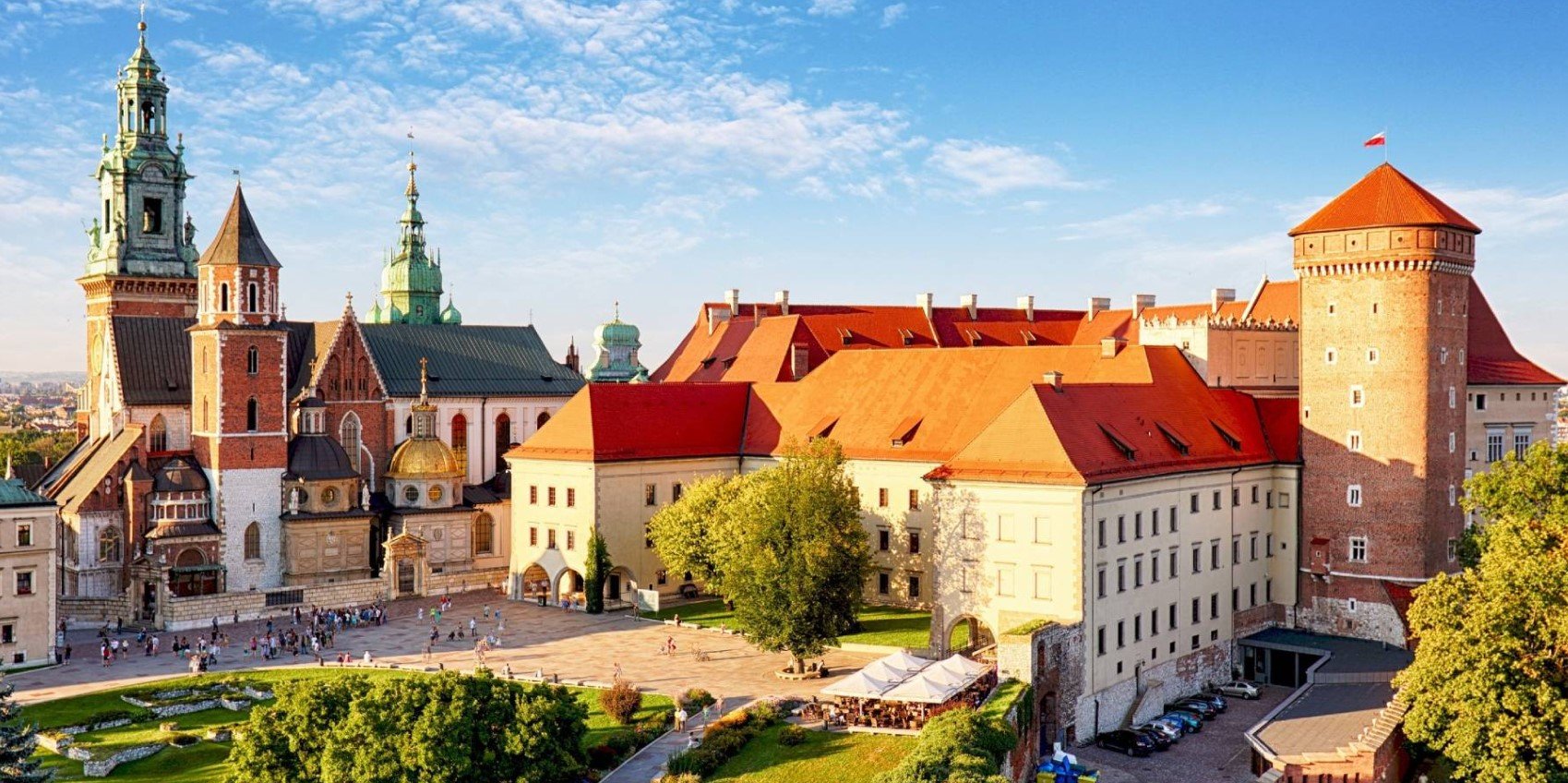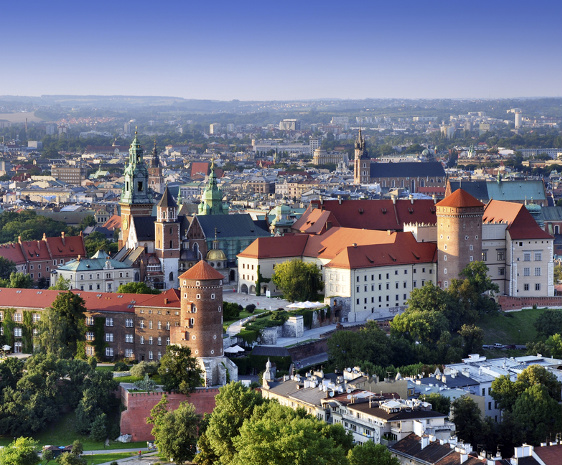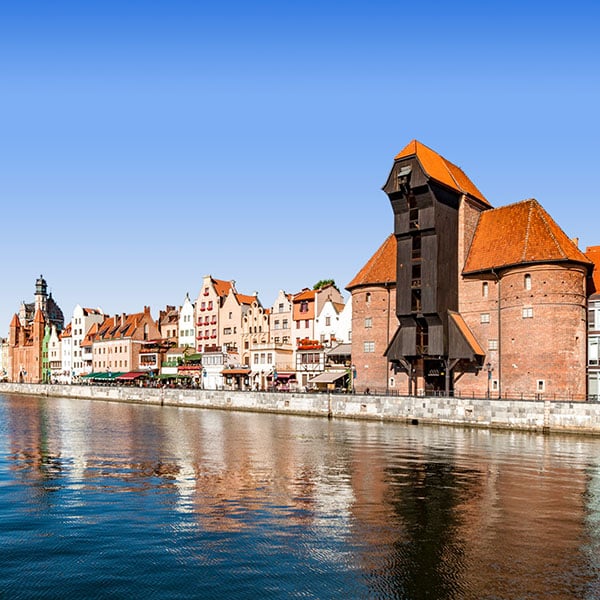
In the heart of Central Europe lies a country that often flies under the radar of mainstream tourism, yet offers a richness of history, culture, and natural beauty that rivals any of its Western European neighbours. This is Poland—a nation of resilient cities reborn from ash, majestic medieval castles, serene lake districts, and soaring mountain ranges. For the savvy traveller, its greatest allure might just be its incredible value. Poland remains one of Europe’s most affordable destinations, and with a little know-how, securing a cheap flight is the first step to unlocking an unforgettable adventure.
This guide will walk you through everything you need to know, from snagging those budget-friendly airfares to exploring the country’s top attractions and navigating it like a local.
The Quest for Cheap Flights: Cracking the Code

Related Articles about Poland on a Budget: Your Ultimate Guide to Cheap Flights and an Unforgettable Adventure:
- Bula! Your Ultimate Guide to Traveling in the Heart of the South Pacific
- Beyond the Windmills: Unveiling the Best Hotels and Experiences in the Netherlands
- Abu Dhabi: A Jewel of the Arabian Peninsula – Unveiling its Top Attractions and Essential Travel Guide
- Croatia’s Coastal Charm: A Guide to its Finest Hotels and Unforgettable Experiences
- Malaysia: A Tapestry of Cultures, Flavors, and Adventures
The primary reason Poland is so accessible is the fierce competition among low-cost airlines. Carriers like Ryanair, Wizz Air, and EasyJet have turned the country into a major hub, connecting dozens of European cities to Polish airports with astonishingly low fares.
Key Airports and Airlines:
- Warsaw (WAW & WMI): The capital has two main airports. Warsaw Chopin (WAW) is the primary international airport, served by major carriers and some low-cost airlines. Warsaw Modlin (WMI) is a dedicated hub for Ryanair, often offering the cheapest flights but located further from the city centre.
- Krakow (KRK): As Poland’s most popular tourist destination, Krakow’s John Paul II International Airport is well-serviced by budget airlines from across the UK and Europe.
- Gdańsk (GDN): Located on the Baltic coast, Gdańsk Lech Wałęsa Airport is a major gateway for Wizz Air and Ryanair, perfect for exploring the north.
- Wrocław (WRO) & Katowice (KTW): These airports in the south provide excellent entry points for exploring the Silesia region and are often cheaper alternatives to Krakow.
Strategies for Finding the Best Deals:

- Be Flexible with Dates: Flying mid-week (Tuesday to Thursday) is almost always cheaper than flying on weekends. Use flight comparison tools like Skyscanner or Google Flights and select the "whole month" or "flexible dates" view to spot the cheapest days to travel.
- Travel in the Shoulder Seasons: The sweet spot for visiting Poland is during the shoulder seasons—April to June and September to October. You’ll find lower flight prices, fewer crowds, and pleasant weather.
- Book in Advance (But Not Too Far): The ideal booking window for short-haul European flights is typically 6-8 weeks in advance. Booking too early or too late can lead to higher prices.
- Consider Secondary Airports: Don’t just search for flights to Warsaw; check the price difference between Chopin (WAW) and Modlin (WMI). The savings on the flight can often outweigh the slightly longer bus or train journey into the city.
- Pack Light: Low-cost airlines make their money on extras. Their cheapest fares include only a small personal item. If you can travel with just a backpack, you’ll avoid hefty baggage fees.
Once You Land: A Journey Through Poland’s Top Attractions
With your cheap flight secured, the real adventure begins. Poland’s cities are a captivating blend of historical tragedy and triumphant rebirth, each with a unique character.
Krakow: The Royal Heart
Often considered the cultural capital of Poland, Krakow miraculously escaped the widespread destruction of World War II. Its UNESCO-listed Old Town is a fairytale setting. The heart of the city is the Rynek Główny, Europe’s largest medieval market square, dominated by the magnificent St. Mary’s Basilica (be sure to hear the bugle call from its tower on the hour) and the Renaissance-era Cloth Hall. A short walk away, Wawel Castle and Cathedral loom over the Vistula River, the historic seat of Polish kings. Don’t miss the former Jewish quarter, Kazimierz, now a bohemian hub of synagogues, quirky cafes, and poignant history.
From Krakow, two essential and sobering day trips await: the Auschwitz-Birkenau Memorial and Museum, a powerful reminder of the horrors of the Holocaust, and the mesmerising Wieliczka Salt Mine, a subterranean world of chapels, statues, and chambers carved entirely from rock salt.
Warsaw: The Phoenix City
Poland’s capital is a testament to the nation’s indomitable spirit. Razed to the ground during WWII, Warsaw was painstakingly rebuilt. Its Old Town, a meticulous reconstruction based on pre-war paintings, is a UNESCO World Heritage site. Contrast this historic core with the imposing Soviet-era Palace of Culture and Science, which offers panoramic city views. To understand the city’s soul, visit the Warsaw Uprising Museum, a deeply moving interactive exhibit detailing the city’s heroic 1944 struggle against Nazi occupation, and the POLIN Museum of the History of Polish Jews, an architectural masterpiece that chronicles a thousand years of Jewish life in Poland.
Gdańsk: The Baltic Jewel
On the northern coast, the port city of Gdańsk feels distinct from the rest of Poland. Its long, narrow houses with ornate facades reflect its history as a wealthy Hanseatic trading hub. Stroll down the Long Market (Długi Targ) to see the iconic Neptune Fountain and Artus Court. Gdańsk is also a city of immense 20th-century significance: it was here, at Westerplatte, that the first shots of World War II were fired. Decades later, the Gdańsk Shipyards became the birthplace of the Solidarity (Solidarność) movement, the trade union that played a crucial role in the downfall of communism in Eastern Europe. The European Solidarity Centre is an exceptional museum dedicated to this story.
Wrocław: The City of Gnomes
Built on 12 islands connected by over 100 bridges, Wrocław is often called the "Venice of Poland." Its vibrant Market Square is lined with colourful buildings and centred around a stunning Gothic Town Hall. The oldest part of the city, Ostrów Tumski (Cathedral Island), is a tranquil oasis of churches and cobblestone streets. But what truly makes Wrocław unique are its gnomes. Over 400 small bronze dwarf statues are scattered throughout the city, each with its own personality—a quirky tribute to the Orange Alternative, an anti-communist underground movement that used absurdity and humour as its weapons.
A Glimpse into Poland’s Soul: A Brief History
To truly appreciate Poland, it helps to understand its tumultuous past. The nation enjoyed a Golden Age as the powerful Polish-Lithuanian Commonwealth, a beacon of tolerance in the 16th and 17th centuries. This was followed by a period of decline, culminating in the Partitions of the late 18th century, when Russia, Prussia, and Austria carved up the country, wiping it off the map for 123 years.
Poland was reborn after World War I, only to suffer unimaginable devastation during World War II under dual occupation by Nazi Germany and the Soviet Union. After the war, it fell under Soviet influence behind the Iron Curtain. The spirit of resistance, however, never died, culminating in the Solidarity movement of the 1980s, which led to the first free elections in 1989 and paved the way for the collapse of communism across the region. This history of struggle, resilience, and ultimate triumph is etched into the very fabric of its cities and the character of its people.
Navigating Poland: Transportation and Accommodation on a Budget
Your savings don’t stop with the flight. Getting around and finding a place to stay in Poland is refreshingly affordable.
Transportation:
- Trains (PKP Intercity): Poland has an extensive and efficient rail network connecting all major cities. Booking tickets online in advance can secure significant discounts. The high-speed Pendolino trains offer a fast and comfortable way to travel between Warsaw, Krakow, and Gdańsk.
- Buses: For the ultimate budget option, companies like Flixbus offer incredibly cheap fares, though journeys are typically longer than by train.
- City Transit: Major cities have excellent public transport systems of trams and buses. A single ticket rarely costs more than £1. Apps like Jakdojade are indispensable for navigating routes and timetables.
- Ridesharing: Uber and Bolt are widely available and significantly cheaper than in Western Europe, making them a great option for short trips within cities.
Accommodation:
- Hostels: Poland has a thriving hostel scene, with clean, modern, and sociable options in every major city. A dorm bed can cost as little as £10-£15 per night.
- Budget Hotels: Chains like Ibis Budget and B&B Hotels offer private rooms at a great price point. Local Polish hotel chains also provide excellent value.
- Apartment Rentals: Platforms like Airbnb and Booking.com are full of affordable apartments. This is a fantastic option for families or groups, offering the chance to self-cater and save on food costs.
- Guesthouses (Pokoje Gościnne): In smaller towns and rural areas, look for signs for "pokoje" or "noclegi." These are often rooms in private homes, offering an authentic and cheap stay.
Practical Poland: When to Go and Essential Tips
Best Time to Visit:
- Spring (May-June) & Autumn (September-October): This is the ideal time. The weather is mild and pleasant, perfect for sightseeing. Tourist numbers are lower than in summer, and prices for flights and accommodation are at their best.
- Summer (July-August): The warmest and busiest months. Cities are buzzing with festivals and outdoor events, but you’ll face crowds and peak-season pricing.
- Winter (November-March): Expect cold temperatures and snow, especially in the south. However, the magical Christmas markets in cities like Krakow and Wrocław, and the opportunity for skiing in the Tatra Mountains, make it a charming, and very cheap, time to visit.
Essential Tips:
- Currency: Poland uses the Polish Złoty (PLN), not the Euro. This is a key reason for its affordability. Always pay in the local currency when using a card to avoid poor exchange rates.
- Language: Polish is the official language. While English is widely spoken by younger generations and in tourist areas, learning a few basic phrases like Dzień dobry (Good day), Dziękuję (Thank you), and Proszę (Please) will be greatly appreciated.
- Food & Drink: Polish cuisine is hearty, delicious, and cheap. Don’t leave without trying pierogi (dumplings), żurek (sour rye soup), and bigos (hunter’s stew). For an authentic budget meal, visit a bar mleczny (milk bar)—a Soviet-era cafeteria offering traditional dishes for just a few pounds.
- Safety: Poland is a very safe country with low levels of crime. Standard precautions apply, but travellers can feel at ease exploring its cities and countryside.
Conclusion: Your Polish Adventure Awaits
Poland is a country that rewards the curious traveller. It offers a profound journey through history, a vibrant contemporary culture, and stunning landscapes—all without breaking the bank. With a plethora of cheap flights making it more accessible than ever, there has never been a better time to discover this European gem. So start searching for that bargain flight, pack your bags, and prepare to be captivated by the charm, resilience, and beauty of Poland.





